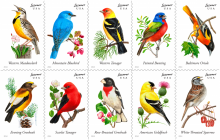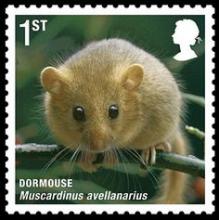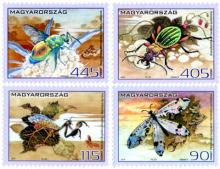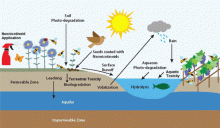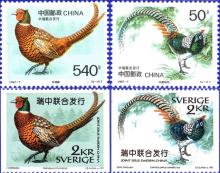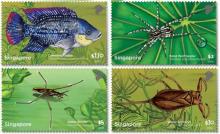NABU bangt um Weiterführung der Bildungswerkstatt Natur
Eine erschreckende Bilanz hat unlängst NRW-Landesumweltminister Johannes Remmel vorgelegt: Rund 44 Prozent unserer heimischen Tier- und Pflanzenarten sind mittlerweile in ihrem Bestand gefährdet und haben somit einen unrühmlichen Platz auf der Roten Liste ergattert. Und am Niederrhein? Leider ist auch hier das Ergebnis katastrophal. Selbst in den meisten Schutzgebieten geht der Artenschwund signifikant weiter. Insbesondere auf landwirtschaftlich genutzten Flächen ist die Artenvielfalt in den letzten Jahren rapide zurückgegangen.


